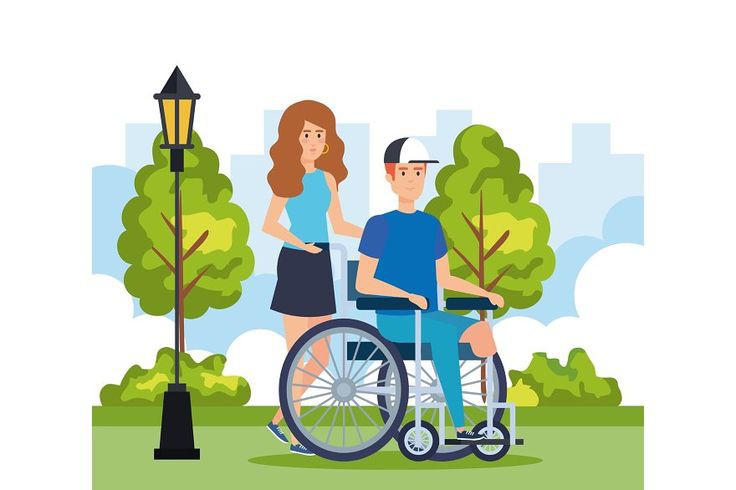The Progression of Independent Travel for Individuals with Physical Disabilities in the Last Decade in India
In the last decade, significant progress has been made towards providing accessible travel for individuals with physical disabilities in India. Although there is still a long way to go, the Indian government has taken steps to improve facilities and provide support for those with physical disabilities.
Physical disability can occur for a variety of reasons, such as accidents, injuries, or illnesses. These disabilities can hinder the physical function of one or more limbs, making it difficult to perform everyday activities like traveling. In the past, traveling from one place to another was a daunting task for individuals with disabilities, as the necessary facilities and support were often lacking.
However, in recent years, the Indian government has made efforts to improve facilities and provide support for those with physical disabilities. Some of these improvements include designated parking spots, ramps, free accessibility in public areas, and designated unisex toilets. These facilities have been critical in providing individuals with disabilities with greater independence and ease in traveling.
Despite these improvements, there are still many challenges that individuals with disabilities face when traveling. Accessing public places such as railway stations, bus stops, and restaurants can still be very difficult for those with disabilities, as many of these places lack adequate infrastructure to accommodate their needs.
To address these issues, the Indian government has taken several steps. One of these steps is the conversion of government buildings into fully accessible buildings, with experts working to conduct awareness programs and workshops to sensitize stakeholders, including builders and activists. Another initiative is a web portal that allows people to upload pictures and comment on the accessibility of any building. The government has also implemented the Convention on the Rights of Persons with Disabilities (CRPD) act in 2008, which was enhanced by the National Center for promotion of Employment of Disabled People and Disabled Rights Group.
In addition, the government has introduced a number of schemes to promote the standard of life of individuals with disabilities, including educational rehabilitation that offers vocational and hands-on training, as well as economic rehabilitation that aims to ensure a better and more dignified life in society.
Despite these efforts, there is still a long way to go. Many buildings and public transportation still require measures to improve their infrastructure and ensure accessibility for individuals with disabilities. Investment in these areas can have a significant impact on the quality of life for individuals with disabilities and their ability to contribute to the country’s development.
conclusion
Progress has been made in providing accessible travel for individuals with physical disabilities in India in the last decade. However, there is still much work to be done to ensure that all individuals have equal access to public places and transportation. The Indian government’s efforts are a step in the right direction, and further investment in infrastructure and support for those with disabilities will help to create a more inclusive and equitable society.

